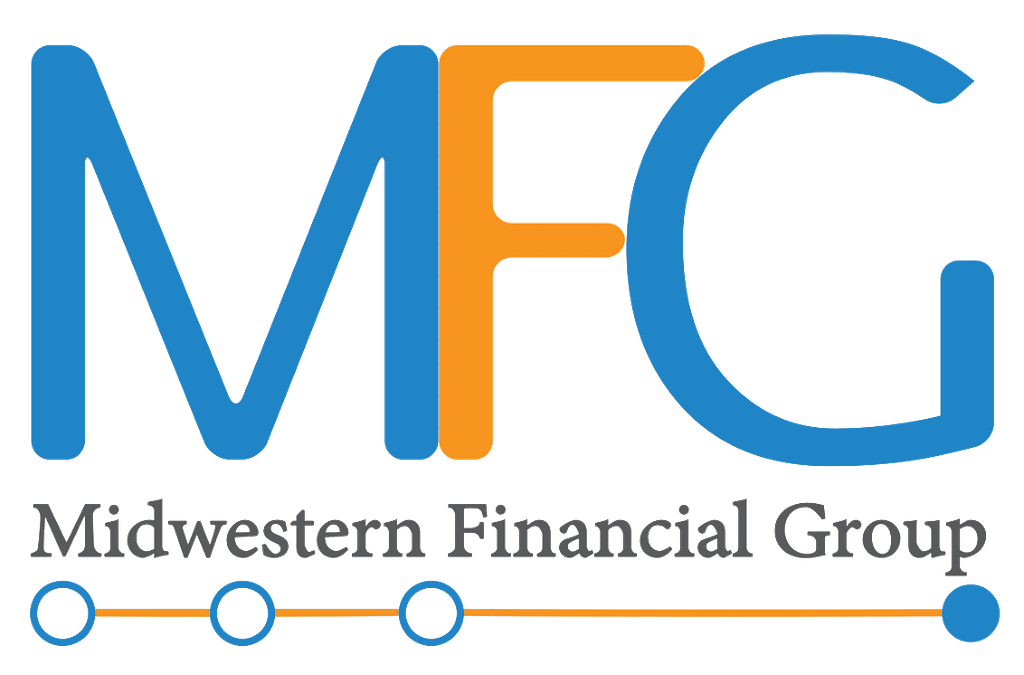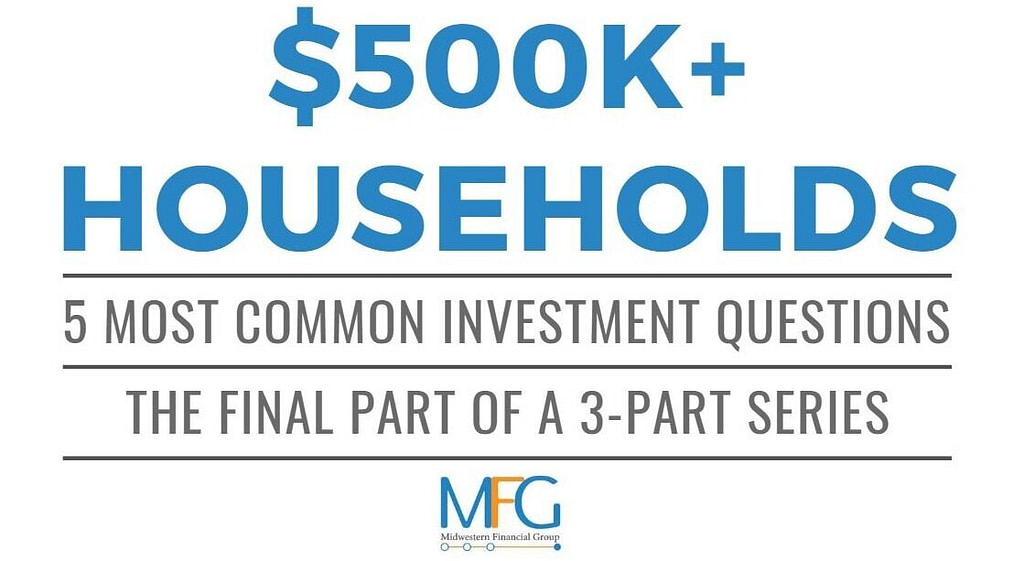
An article in this weekend’s WSJ reminded me of an experience I had in 2013.
A teacher friend of mine asked me to attend a career day her elementary school was hosting. There were dozens of professionals from across all industries, but it was a middle-aged architect who stood out the most.
The gentleman asked me what I thought about the markets. I told him I was bullish and he quickly told me he did not believe the markets were valued properly. He felt a large correction (sounded like he felt a crash) was imminent. As a result, he was 100% in cash. His whole portfolio was out of the market.
That day -May 30, 2013- the S&P 500 opened at 1,649.14.
Last Friday, the S&P 500 closed at 2,081.18.
If this gentleman remained in cash, he had missed a 26.2 percent return.
So, what is the biggest risk to your portfolio? Frankly, you are.
Mr. Architect suffers from many biases:
- Conservatism – inadequately incorporating new information (sticking to prediction, without consideration of changes).
- Loss-aversion – prefer avoiding losses to achieving gains.
- Overconfidence – unwarranted faith in reading, judgments, and/or cognitive abilities.
- Regret-aversion – avoids making decisions in fear the decision will turn out poorly.
- Availability – easily recalled outcomes are perceives as being more likely than those that are harder to recall or understand (2008 financial crisis is at the front of his brain).
There is not a better example for the need to work with an advisor. Separating emotions and money is difficult.
Carl Richards of Behavior Gap drew the value of an advisor perfectly:

Let MFG help you down a path cognizant of the biases Mr. Architect failed to see. Don’t wait, contact us.



